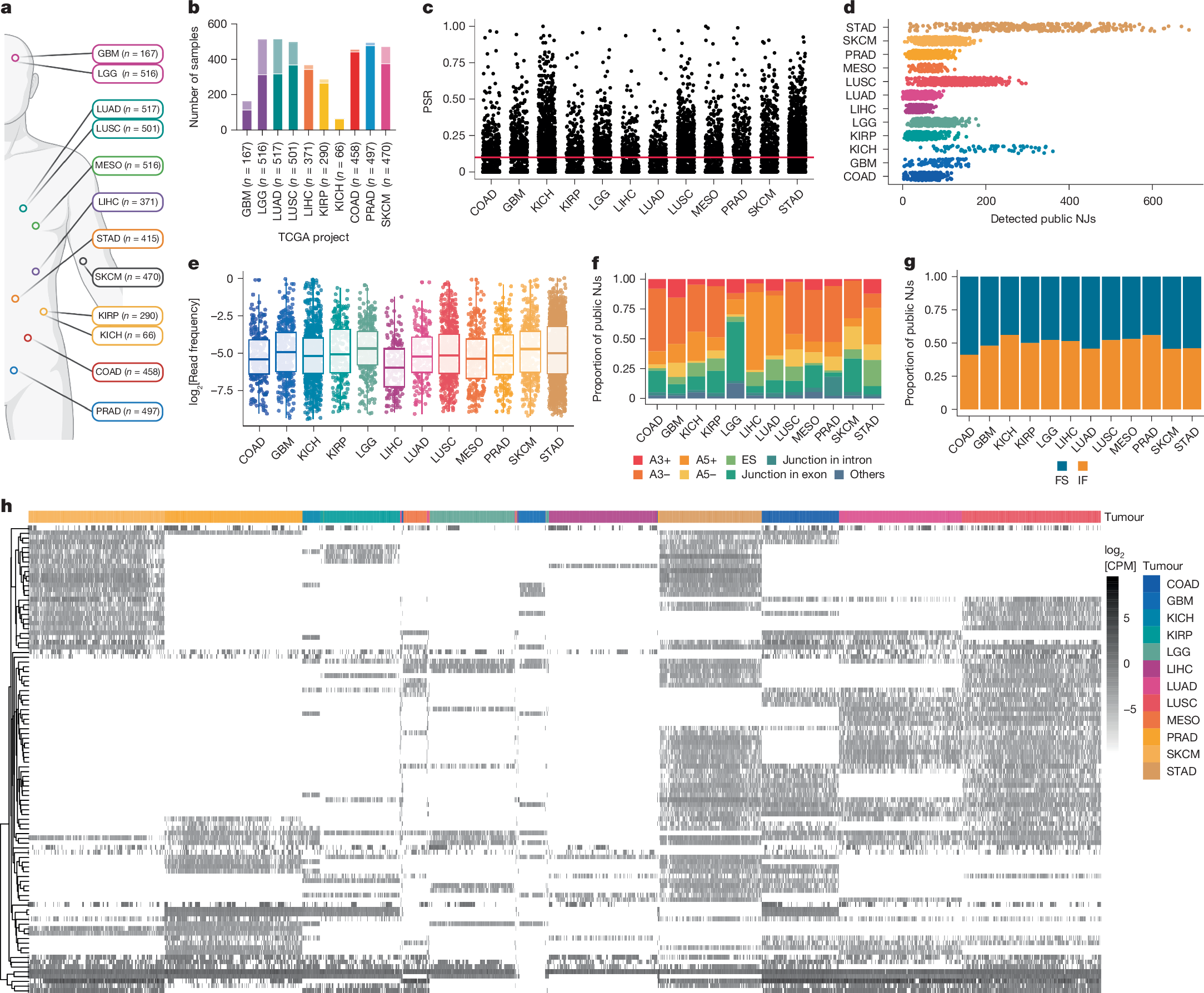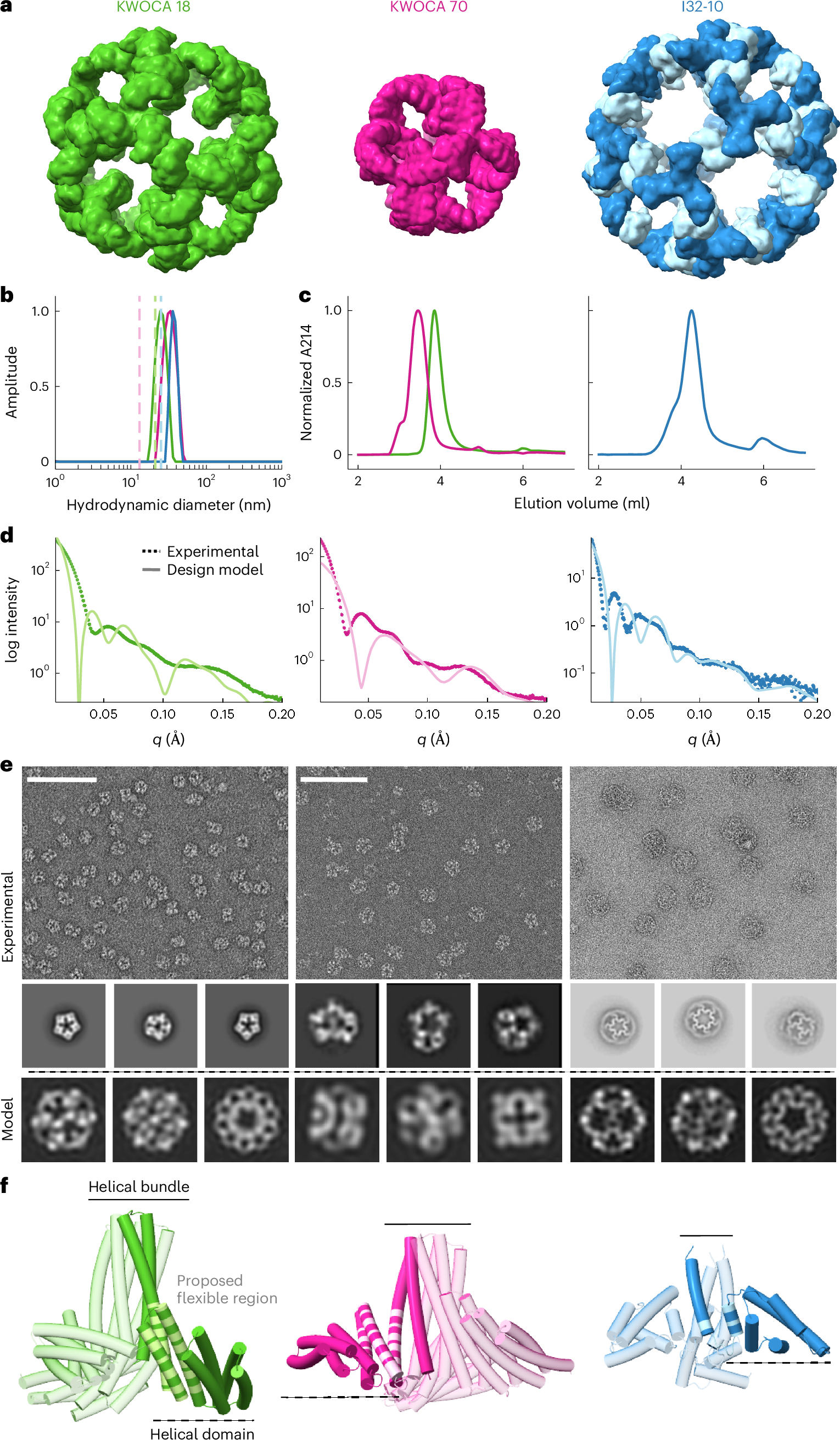2025-02-25 インペリアル・カレッジ・ロンドン(ICL)
<関連情報>
- https://www.imperial.ac.uk/news/261516/ai-model-reads-ecgs-identify-female/
- https://www.thelancet.com/journals/landig/article/PIIS2589-7500(24)00270-X/fulltext
人工知能を用いた心電図検査による性差による心血管リスクの連続性の同定:レトロスペクティブ・コホート研究 Artificial intelligence-enhanced electrocardiography for the identification of a sex-related cardiovascular risk continuum: a retrospective cohort study
Arunashis Sau, PhD∙ Ewa Sieliwonczyk, PhD∙ Konstantinos Patlatzoglou, PhD∙ Libor Pastika, MBBS∙ Kathryn A McGurk, PhD∙ Antônio H Ribeiro, PhD∙ et al.
The Lancet Digital Health Published: March 2025
DOI:https://doi.org/10.1016/j.landig.2024.12.003

Summary
Background
Females are typically underserved in cardiovascular medicine. The use of sex as a dichotomous variable for risk stratification fails to capture the heterogeneity of risk within each sex. We aimed to develop an artificial intelligence-enhanced electrocardiography (AI-ECG) model to investigate sex-specific cardiovascular risk.
Methods
In this retrospective cohort study, we trained a convolutional neural network to classify sex using the 12-lead electrocardiogram (ECG). The Beth Israel Deaconess Medical Center (BIDMC) secondary care dataset, comprising data from individuals who had clinically indicated ECGs performed in a hospital setting in Boston, MA, USA collected between May, 2000, and March, 2023, was the derivation cohort (1 163 401 ECGs). 50% of this dataset was used for model training, 10% for validation, and 40% for testing. External validation was performed using the UK Biobank cohort, comprising data from volunteers aged 40–69 years at the time of enrolment in 2006–10 (42 386 ECGs). We examined the difference between AI-ECG-predicted sex (continuous) and biological sex (dichotomous), termed sex discordance score.
Findings
AI-ECG accurately identified sex (area under the receiver operating characteristic 0·943 [95% CI 0·942–0·943] for BIDMC and 0·971 [0·969–0·972] for the UK Biobank). In BIDMC outpatients with normal ECGs, an increased sex discordance score was associated with covariate-adjusted increased risk of cardiovascular death in females (hazard ratio [HR] 1·78 [95% CI 1·18–2·70], p=0·006) but not males (1·00 [0·63–1·58], p=0·996). In the UK Biobank cohort, the same pattern was seen (HR 1·33 [95% CI 1·06–1·68] for females, p=0·015; 0·98 [0·80–1·20] for males, p=0·854). Females with a higher sex discordance score were more likely to have future heart failure or myocardial infarction in the BIDMC cohort and had more male cardiac (increased left ventricular mass and chamber volumes) and non-cardiac phenotypes (increased muscle mass and reduced body fat percentage) in both cohorts.
Interpretation
Sex discordance score is a novel AI-ECG biomarker capable of identifying females with disproportionately elevated cardiovascular risk. AI-ECG has the potential to identify female patients who could benefit from enhanced risk factor modification or surveillance.
Funding
British Heart Foundation.


